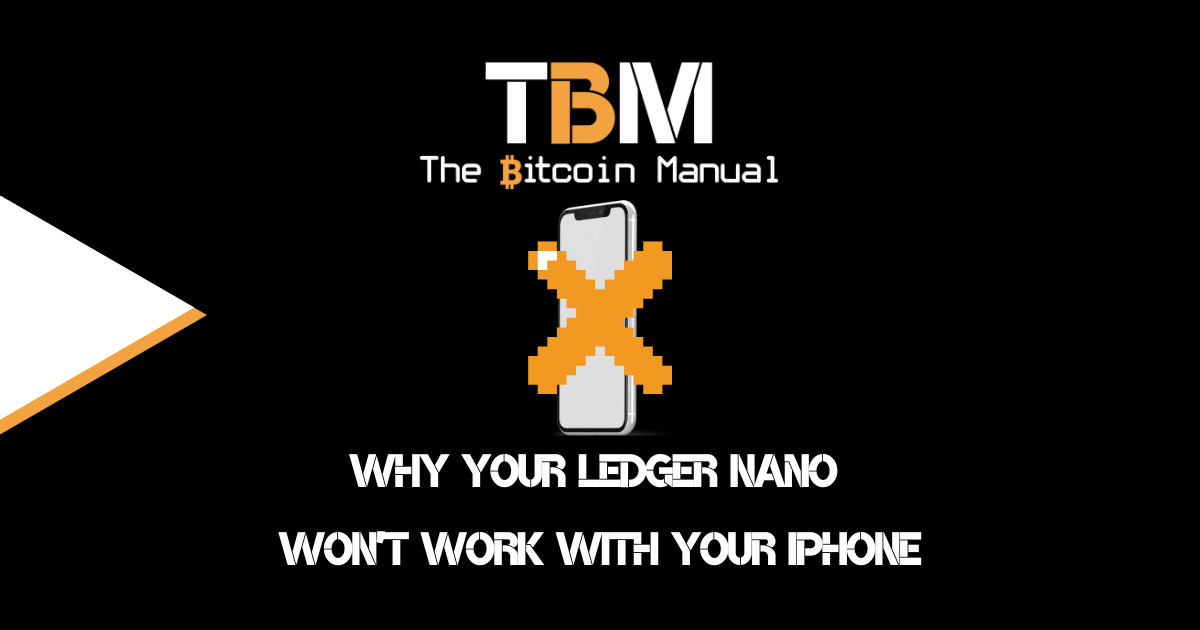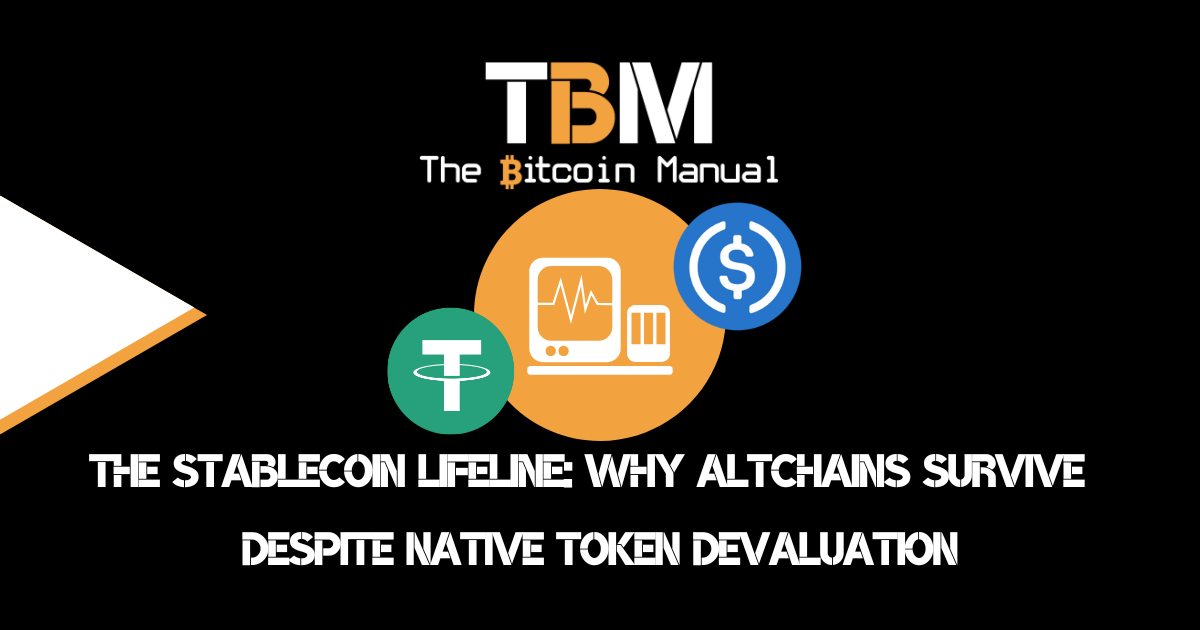What Are Spiderchains?
Home » Blockchain » Spiderchains
Botanix Labs have been working on a new side chain proposal dubbed Spiderchain, which is an EVM-style Turing complete smart contract blockchain, similar to Rootstock, but instead of using merged mining, Spiderchains achieve their consensus using a Proof of Stake mechanism to build their Layer 2 environment on Bitcoin.
Spiderchains work by creating a network of sidechains that are pegged to the Bitcoin mainchain via a multi-sig that creates staking bonds which act as a settlement layer. As users stake Bitcoin it becomes available on the Spiderchain for transactional use. Spiderchain blocks would be produced independently by the users staking coins; these nodes are called Orchestrators or Validators.
Since Spiderchains don’t require any updates to the base chain like Drivechains do, it can be launched as soon as the code is ready and the startup costs are met, along with open-sourcing the code for the first validators to start running it on their nodes.

How do spiderchains work?
Spiderchains are proof-of-stake blockchains, which means users are required to commit capital in order to sign blocks instead of using miners and expending energy. Spiderchains, however, do rely on Bitcoin’s proof of work in several ways: To secure the peg, to issue the assets and to ensure the randomness of the signing process for Spiderchain blocks.
Spiderchains would also provide a new income stream for participants who wish to support this second-layer network, similar to how routing nodes earn fees by supporting the Lightning Network.
Building a base for a web of sidechains
The Spiderchain isn’t the actual sidechain, but the mechanism for bridging funds into an ecosystem where one or several sidechains would live and could interact with one another. The base layer of the Spiderchain would focus on securing the collateral, facilitating the custody of users’ funds, and issuing “staker bonds” on the mainchain, as well as peg-ins and peg-outs.
The base of the Spiderchain would also deal with any consensus issues and enforce the network rules, be this passively by checking participants’ submissions to the chain or actively by slashing bonds when users try to act maliciously.
Orchestrators
The Spiderchain, like other sidechains, will have a native asset that is only issued by pegging in Bitcoin; the network itself doesn’t generate new tokens; thus, stakers can only earn income from transaction fees.
Spiderchain will start off centralised with only a few Orchestrators willing to put up capital and take the risk, but with time, it can become far more distributed as more users can come in to stake their BTC.
Depending on the demand for the chain or dapps built on top of it, there would be capital flowing into it to be used for transactions or actioning of smart contracts. As more users spend Bitcoin to pay for these transactions, computation or services, staking rewards would encourage more Orchestrators to stake Bitcoin to access that yield, secure the network and provide liquidity.
Combining POW with POS
To avoid having the same validators securing blocks, Spiderchains use a Verifiable Random Function (VRF), which allows all participants to verify that the outcome is random and not biased or deterministic; this is done by Bitcoin blockhashes from the main chain as proof of verifiable randomness.
This VRF is then used to randomly select a blocksigner who will then be responsible for constructing and issuing new blocks on the Spiderchain.
Pegging into a Spiderchain
The Spiderchain peg is a series of successive multi-sig wallets managed by Orchestrators. If a user wishes to access a Spiderchain, they will deposit BTC collateral into a multi-sig wallet to run an Orchestrator.
The Orchestrators who run both a Bitcoin full node and a Spiderchain node manage the peg-in and peg-out requests by controlling the multi-sig wallets and ensuring other Orchestrators act honestly and stay active.
New peg-in requests result in the creating of a new multi-sig wallet managed by a random subset of currently active Orchestrators.
Crypto crime and punishment
If an Orchestrator publishes an invalid transaction or block, its stake is slashed, and, if necessary, an Orchestrator can be removed from the set of stakers by slashing the entire staking bond.
Slashing occurs programmatically on the base layer of the main chain, but is initiated socially by the keyholders who wish to protect the network.
Spiderchains are a WIP
Spiderchains are still under development, but they have the potential to improve the scalability and privacy of Bitcoin transactions significantly.
- Faster and cheaper transactions: Spiderchains can process transactions much faster than the Bitcoin mainchain, and they can also be much cheaper. This is because Spiderchains use a proof-of-stake consensus mechanism, which is more efficient than the proof-of-work consensus mechanism used by the Bitcoin mainchain.
- Increased privacy: Spiderchains can also improve the privacy of Bitcoin transactions. This is because Spiderchains use various privacy-enhancing techniques, such as zero-knowledge proofs.
- Reduced congestion: Spiderchains can help to reduce congestion on the Bitcoin mainchain by offloading some of the transaction load to the sidechains. This would make it easier and faster to use Bitcoin for everyday transactions.
What do spiderchains do?
Spiderchains, like all other second-layer solutions, aim to add additional throughput to the Bitcoin network, allowing users to send and receive Bitcoin without adding additional burden to the base layer. Users can deposit their Bitcoin on a Spiderchain sidechain to receive a corresponding amount of Bitcoin (Spiderchain BTC). This BTC can then be used to make fast and cheap transactions on the sidechain and doesn’t require users to be online all the time, like the Lightning Network.
While the Spiderchain would compete with other side chain options like Liquid and Rootstock, its primary use case is the ability to use existing Ethereum-based wallets and allow developer communities to port over their applications and user bases to a Bitcoin standard.
Going after the WBTC market
The idea behind Spiderchains is the glaring custodial issues sitting behind WBTC; WBTC is Bitcoin wrapped on Ethereum (but it also exists on other chains) and is the 16th largest token by market cap, holding over 160,000 BTC. WBTC’s existence is seen as a strong indication that users want to leverage their Bitcoin in a permissionless fashion, be that to trade, take out loans or interact with dApps and games.
Currently, wBTC is issued through a custodian, which is a single point of failure. Instead of having to trust a custodian to maintain the issuance and pegging of wBTC, Spiderchains wants to bring Ethereum to Bitcoin in a manner where issuance is all done on chain in the open and in a permissionless manner.
Why build another EVM compatible chain?
The possible reason for adopting the Solidity smart contracts is likely due to the groundwork done by Ethereum, popularising the language and now having a wider ecosystem of dapps and deployed contracts; competing with this established blockchain and asking developers to learn something new would only add to the friction of adoption. Instead of trying to build a competing system, Spiderchains look to jump on the Lindy effect of EVM and tap into that current developer network and codebase.
Ethereum Virtual Machines have become the standard for Smart Contract blockchains, and apart from Ethereum, several other chains also use the same technology, namely:
- Base
- BSC
- Arbitrum
- Polygon
- Avalanche
- Optimism
- Fantom
- Cronos
- Klaytn
- Canto
- Bitcoin Smart Cash (BCH Side Chain)
All these chains are competing with Ethereum and have their own tokenomics and backing, and many of them won’t survive, but projects built on top of them don’t have to go down with the chain they chose to build on. If other EVM chains begin to falter or fail, the projects that have merit and do survive can easily bridge or port over their product to a Spiderchain instead of having to reconfigure their tools for a new blockchain.
Re-org risk
Spiderchains are not a silver bullet for Bitcoin scaling, and when you leave the base chain, you are making a trade-off to a different security model. Spiderchains are tethered to the Bitcoin blockchain. While it can soldier on at a blistering pace, it can result in a mismatch between the base chain and Spiderchains in the case of a block reorganising.
Spiderchains only have a six-block delay around selecting Orchestrators; if the base chain has a longer delay, it could result in a de-pegging.
Spiderchains could take as little as a few hours to peg in or out, and with shorter timeframes, it may increase the chance of mining attacks or DoS exploits.
More information on spiderchains?
| Source | Website |
| Botanix Labs | https://botanixlabs.xyz/ |
| Spiderchains Whitepaper | https://a-us.storyblok.com/ |
| An Introduction to Spiderchain | https://blog.lopp.net/ |
| Spiderchains: A Proof Of Stake Second Layer | https://bitcoinmagazine.com/ |
Share with a friend
If you thought this information was helpful why not share it on your favourite social media network and encourage others to learn more about Bitcoin
The latest news from our blog

Why Your Ledger Nano S Won’t Work with Your iPhone
If you’re a Bitcoin holder using an iPhone and own a Ledger Nano S and Ledger Live, you’ve likely discovered a frustrating reality: these popular

What Are Liquidity Pools On Rootstock?
The decentralised finance (DeFi) space has primarily remained in the hands of altcoin chains, promoters claim to have brought innovative financial instruments to the broader

The Stablecoin Lifeline
Why Altchains Will Survive Despite Native Token Devaluation The altcoin landscape has changed compared to previous cycles, despite many a bag holder still clinging onto
